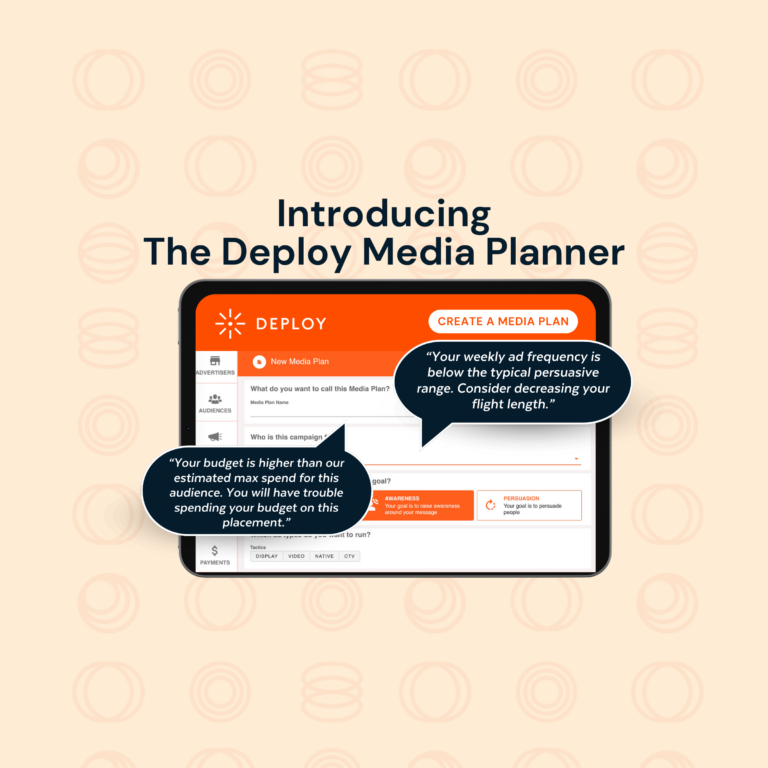One of the most important parts of advertising campaigns is understanding reporting – both what the metrics mean, and how to use them.
With so many terms, acronyms, and pieces of industry jargon to learn, running a digital campaign can be overwhelming. One of the most important parts of any advertising campaign is understanding reporting – both what the metrics mean, and how to use them to run more effective digital campaigns.
Metrics & Definitions
Let’s start with a quick overview of some common terms in the programmatic advertising space. Knowing this vocabulary will give you a strong understanding of digital marketing basics, and allow you to quickly and easily analyze your campaigns:
Impression: A single load of an advertising unit. An ad impression does not guarantee an ad view.
Click: Defined as a user click on a banner ad or a video ad directing to the advertiser’s website. A click on an ad does not guarantee a website page view.
Click-Through Rate (CTR): The ratio between the number of clicks and the number of impressions, displayed as a percentage. Calculated by “clicks/impressions”
Video Completion: A common reporting metric used to denote when a user has watched a video ad from start to finish.
Video Completion Rate (VCR): Video completion rate. A common reporting metric used to denote what percentage of video impressions were viewed to completion.
Video Quartile Completion: denotes when a user has gotten through a certain quartile of the platform, such a 25% or 75%.
Acting on Reporting Insights
Now that you’ve collected your metrics, you will want to analyze them. After all, it’s not just metrics themselves that are useful, but rather, the information you learn that can help you better maximize your digital marketing efforts.
Here are some straightforward ways you can understand and use metrics to optimize your campaigns.
1. Sustained drops in engagement mean it’s time for a creative refresh. Downward trends in engagement often indicate that your creative is no longer driving voter engagement, and changing up your messaging is likely your best course of action. If you’re running a display campaign that’s averaging a 0.12% CTR and it drops down to a 0.06% CTR, it’s probably time for a creative swap.
2. Video completion quartiles are useful to find out if there are points in your video ads where people seem to drop off. Saving your call-to-action for the end of a video isn’t impactful if most of your audience won’t see it.
3. Another important part of video completions is considering the relationship between video length and completion rate. For instance, if 80% of viewers watch a 6-second video to the end, but 50% of viewers watch half of a 30-second video that means viewers in the second group are seeing more of your messaging. There isn’t necessarily a “right” or “wrong” approach, but it’s an important aspect of your video’s performance to keep in mind.
4. With all these reporting metrics at your disposal, make sure to monitor them throughout the course of your campaign. With day-by-day reporting visuals, it’s incredibly straightforward to recognize when it’s time to make edits to your campaign. Optimal’s self-serve platforms allow you to make changes and adjustments to live campaigns, meaning if you notice your ads underperforming, it’s easy to adjust them!





